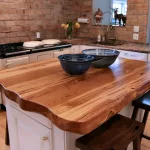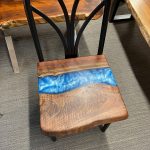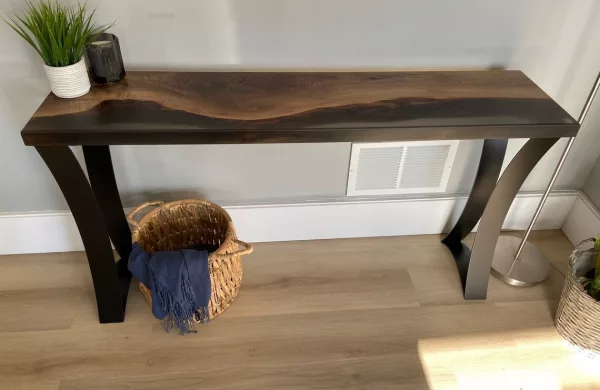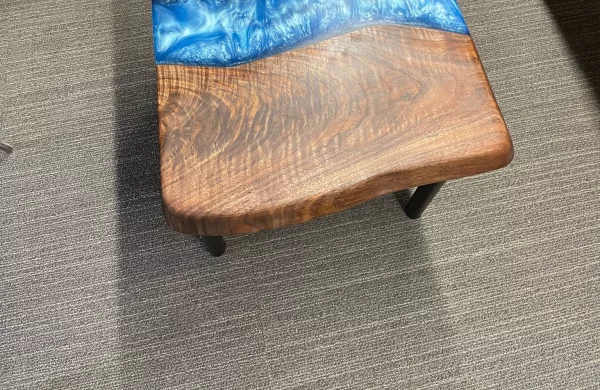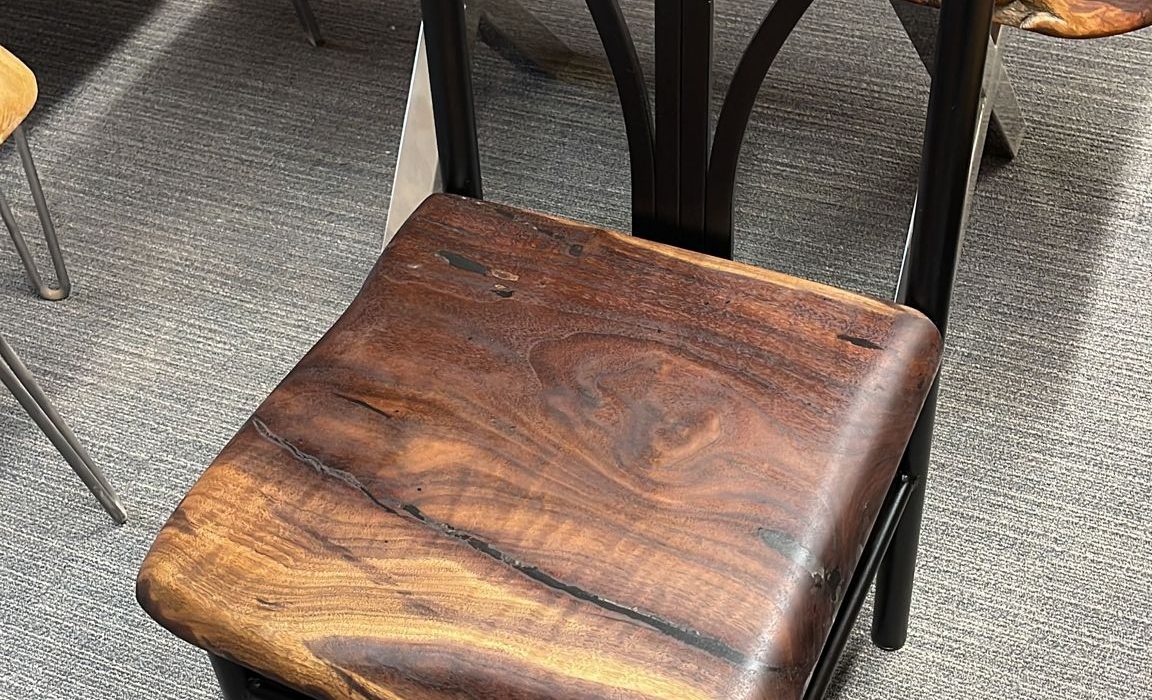
Wooden chairs, despite their timeless appeal, can face wear and tear over time, leading to loose joints, wobbly legs, or even broken parts. Fear not, as we delve into the art of repairing and revitalizing these essential pieces of furniture.
Understanding Wooden Chair Construction
It’s crucial to comprehend a wooden chair’s construction in order to repair it successfully. The majority of chairs have doweled or mortise-and-tenon joints, which are glued together and frequently reinforced with triangle glue blocks. The initial stage in the restoration process is to identify these structural components.
Addressing Loose Joints: A Glue Affair
Dealing with Loose or Broken Joints
Loose joints are a common woe. If detected early, a judicious application of glue can remedy the situation. However, if the joint is broken, a more intricate repair is needed. This involves careful disassembly, replacement of dowels, and ensuring a clean, dry joint before reassembly.
Mechanical Fasteners for Extra Support
In some cases, a mechanical fastener, such as an angle brace or chair leg brace, can be used to mend the frame. This method, however, should be employed judiciously, especially considering the chair’s value. Metal reinforcements, when used, should enhance a tight joint rather than compromise the chair’s aesthetic.
Dealing with Loose Legs, Rungs, and Spindles
Mending Run-of-the-Mill Looseness
For loose rungs, spindles, or legs, a simple glue application might suffice. However, for a more permanent fix, careful separation of the part from the frame, thorough cleaning of old adhesive, and a robust gluing and clamping process are essential.
Wedge Magic for Enlarging Tenons
Very loose legs or rungs can be skillfully wedged to fit snugly into the tenon. This involves precise sawing, creating a wedge, and tapping it gently to enlarge the tenon. Glue is then applied for a secure fit.
Reviving Broken Back Rails, Spindles, and Slats
Replacement for Structural Integrity
In the case of horizontal rails or vertical spindles and slats, replacement might be the most viable option. Disassemble the chair back, have the broken part duplicated at a millwork or woodworking shop, and meticulously reassemble the chair, ensuring a strong bond with glue.
Advanced Repairs: Arms, Legs, and Structural Parts
Dowels for Strength
When it comes to crucial structural parts, like arms and legs, reinforcing with dowels is a recommended approach. Drilling precise holes and inserting dowels coated with glue ensures a robust repair. For added strength, steel mending plates can be employed, mortised discreetly into the wood.
Identifying and Repairing Loose Joints
Loose joints often manifest as differently colored gaps. Careful disassembly, cleaning of old glue, and the application of proper gluing techniques are paramount. Understanding the intricacies of each joint and using the right tools, such as Forstner bits and sandpaper, ensures a seamless repair.
Glue Application and Clamping
The glue application process is an art in itself. Coating the mortise walls and ensuring 100% coverage on mating surfaces is crucial. Applying the glue with an artist’s brush, avoiding contamination from skin oils, and rehearsing the assembly process contribute to a successful repair.
Weight and Clamping for Stability
After glue application, tapping the legs into the mortises with a rubber mallet, flipping the chair upright, and adding weight to the seat for settling are essential steps. Strategic clamping with pistol-grip clamps ensures a firm bond, setting the stage for a chair that stands the test of time.




